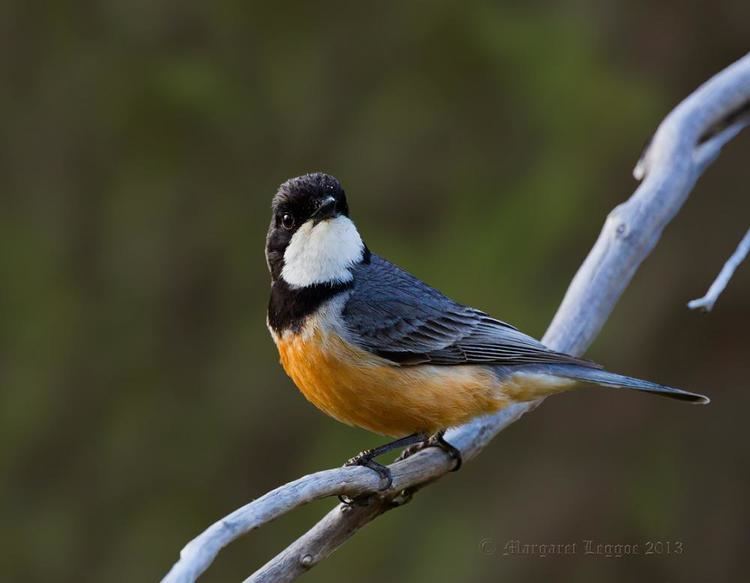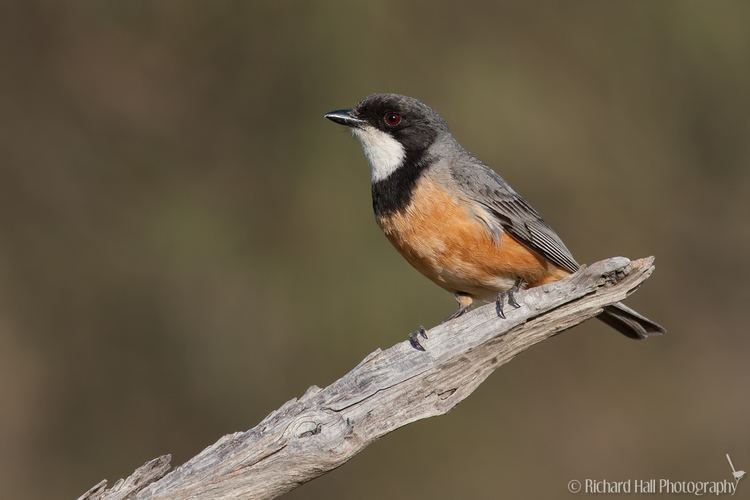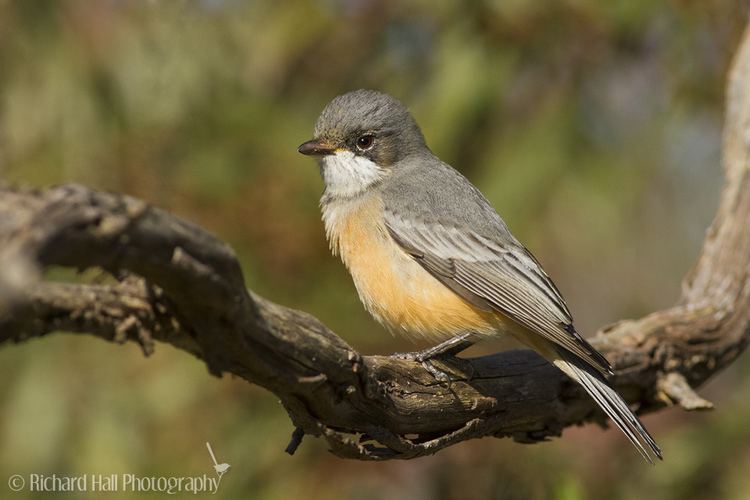Order Passeriformes | Phylum Chordata Scientific name Pachycephala rufiventris Rank Species | |
 | ||
Similar Pachycephala, Australian golden whistler, Grey shrikethrush, Grey fantail, Striated pardalote | ||
Rufous whistler singing pachycephala rufiventris hd video clip 1 1
The rufous whistler (Pachycephala rufiventris) is a species of whistler found in New Caledonia and Australia. Predominantly a reddish-brown and grey bird, it makes up for its subdued plumage with its song-making ability. Like many other members of the Pachycephalidae, it has a variety of musical calls.
Contents
- Rufous whistler singing pachycephala rufiventris hd video clip 1 1
- Beautiful rufous whistler birdsong australia
- Taxonomy and systematics
- Subspecies
- Description
- Distribution and habitat
- Breeding
- Feeding
- References

Beautiful rufous whistler birdsong australia
Taxonomy and systematics

The rufous whistler was originally described in the genus Sylvia by the English ornithologist John Latham in 1801, and subsequently classified within the genera Turdus, Laniarius and Lanius before being classified in its present genus Pachycephala. Alternate names for the rufous whistler include the rufous-bellied whistler and white-bellied whistler. The latter name should not be confused with the species of the same name, Pachycephala leucogastra. Some authorities have considered the black-headed, drab and cinnamon-breasted whistlers to be subspecies of the rufous whistler.
Subspecies
Five subspecies are recognized:

Description

Rufous whistlers are large-headed and stocky. They have short beaks and long tails (almost as long as the rest of the bird) which are very narrow and have sharp, forked tips. The species is sexually dimorphic. While females are typically dull brown or grey with streaked underbodies, males are predominantly dark-grey with white throats and (in most cases) a black mask that covers most of their head and some of their neck. These birds are between 16 and 18 centimetres in size, on average, and their average weight is approximately 25 grams.
The rufous whistler has a variety of musical calls which consist of a lengthy series of ringing notes.
Distribution and habitat

The rufous whistler can be found in forested areas, woodland and shrubland, but also in gardens and farmland. It migrates seasonally, moving south in the spring and north in the autumn. In New Caledonia the species does not undertake migrations but is instead resident in areas of open forest and savannah.
Breeding

Breeding in monogamous pairs, both males and females incubate their eggs and care for their young. The period of incubation is about 13 days on average. The female alone constructs the nest, which usually consists of a combination of twigs, vines, grass and other matter formed in a cup-like shape and attached to a tree branch using strands from spider webs. The breeding season for rufous whistlers is between the months of July and February.
Feeding

While rufous whistlers primarily feed on insects, they also eat seeds, fruit and occasionally, leaves and grasses. They never forage for food on the ground which is unusual for whistlers which typically do not forage at particularly high levels.

